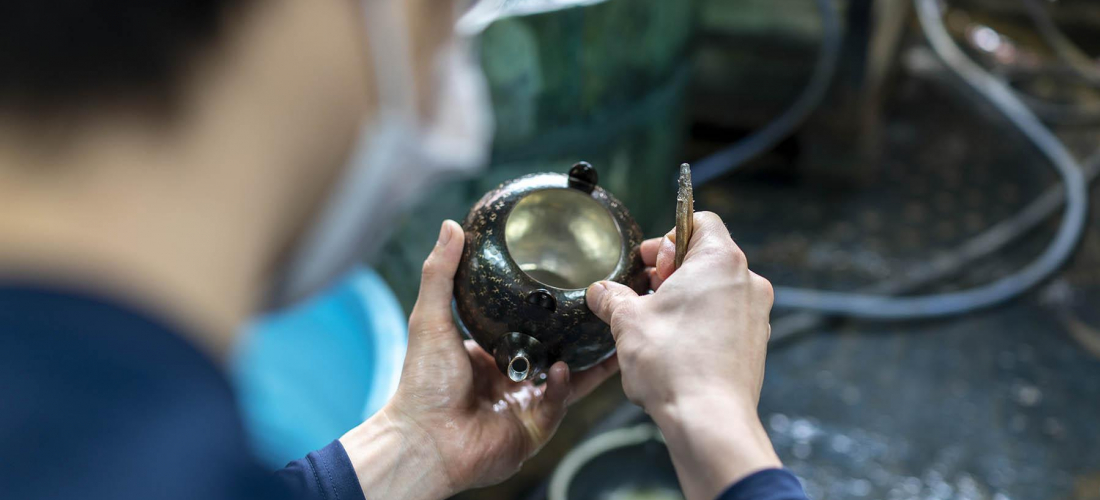CONTENTS
A behind the scenes look at Japankuru’s recent trip to the Tsubame-Sanjo area, and what we were up to there!
JR East Tsubamesanjō Station
Recently, the Japankuru team took a trip to the Tsubame-Sanjo area of Niigata to film some videos with JR East. Over the course of three days, we met with Tsubamesanjō Station staff, and then headed out straight away, to film at some of the most highly recommended local locations: open factories, artisan workshops, and gorgeous cherry blossom spots.
The all-important business card exchange! Throughout the trip, we made sure to follow not just standard Japanese business etiquette, but also COVID-19 safety etiquette! Masks all day every day.
Can you see the nerves on the face of this friendly JR station attendant? This was the very first scene we shot, and all the JR staff were a little nervous about this new part of their job, acting in promotional videos!
A dramatic shot of Tsubamesanjō Station.
Craftsmen’s Inn KAJI
We stayed the night in this unique traditional Japanese home-turned-guest-house, about five minutes from JR's Kitasanjo Station, and since it didn't make it into the video, we wanted to tell everybody about it here! In keeping with the local Tsubame-Sanjo themes, the old home was only lightly renovated to keep things comfortable, and the front rooms were decorated with beautiful carpentry tools.
The house is two floors with four different sleeping areas, in addition to a kitchen, bathroom, and retro Japanese bathtub. In the morning, we even filmed some shots in the beautiful interior before leaving! Unfortunately, the scenes in the guesthouse didn't make it into the final videos from the trip, but we really enjoyed spending time in the traditional rooms, which were outfitted with locally made goods as well (including Suwada nailclippers and locally made kitchen knives).
Craftsmen's Inn Kaji
12-6 Motomachi, Sanjo, Niigata
A view from the front, with a lovely shot of our rental car!
No beds here! We all slept on traditional Japanese futons.
Sanjo Spice Lab
This restaurant in front of JR Kitasanjo Station is a popular local curry spot, but on certain mornings, they open early and serve breakfast made with fresh ingredients and homey Japanese recipes! Aside from weekends, they also do breakfast a few times a month, to coincide with a farmer's market next to the station. It's only a five-minute walk from the guesthouse, and we happened to be staying over the night before a farmer's market day, so we had great timing! We particularly enjoyed the local Niigata koshihikari rice they used.
Sanjo Spice Lab
11-63 Motomachi, Sanjo, Niigata
The restaurant exterior. Our breakfast tasted like delicious home cooking, but the architecture is very chic and modern! Inside it's comfortable and airy, making it a nice place to relax.
Breakfast for just 500 yen, with all-you-can-eat rice! Our cameraman thought the rice was so good, he ate three bowls.
Don't miss the actual fish used as a chopsticks rest (!?!?)
Just a glimpse of the farmer's market!
Yakiniku Sankiraku
After checking in fairly late at eight in the evening, the team was starving, so we searched for a place near the guesthouse. This yakiniku spot was crowded and full of meat smoke, but it was totally delicious, and cheap too. After a long day of shooting and working hard together, anything will taste delicious, but we'd recommend this place if you're looking for yakiniku in the Tsubame-Sanjo area!
Yakiniku Sankiraku
1-8-4 Honcho, Sanjo, Niigata
Our team for this project!
In Japan, people tend to carefully grill meat one piece at a time, but in Korea they're more likely to pour the meat on the grill and cook it in a messy pile. Sometimes, that's the most delicious way of doing it!
Our lovely model for the videos, Fanny, is a hard worker (and definitely not a complainer), but on this night she did quietly mention that space was a little tight. Twice.
Sorry, Fanny!
JR Bunsui Station
We arrived in Tsubame-Sanjo just in time for cherry blossom festival season, and the cherry blossoms in full bloom turned the whole town pink. This particular train station, lined with cherry trees, is part of the festivities every year. (Of course, with COVID-19 canceling events all over Japan, things were a little quiet this year.)
Checking angles while waiting for the local train to come. For this tiny local station, trains only come once every two hours.
The JR station sign in front of the blooming cherry trees looked like a panel from a manga!
If you're going to spend two hours at any train station, this isn't a bad choice! We could have stuck around and admired the flowers all day long.
Koshuhanten Ramen
This ramen shop was recommended by staff at Gyokusendo after our tour of the workshop. Some of us were a little thrown off by the texture of broth used in the ramen, but the fatty pork flavor is clearly popular with Japanese locals. During lunch, customers line up outside, but fortunately the shop is actually fairly large and turnover is quick, so you probably won't end up waiting more than 10 minutes or so.
Koshuhanten Ramen
49-4 Tsubame, Niigata
It's not uncommon to see lines form outside of the many small restaurants in Japan, because turnover is always quick in places like ramen shops. But because this place was also quite spacious, even impossibly long 30-person lines disappear in ten minutes or so.
Chashu Ramen: 1,000 yen
We finished our bowls to the last drop, but with such a unique texture, it probably won't be everybody's favorite.
Tsuchime Tumbler Workshop
During our trip to the Tsubame Industrial Materials Museum, we spent lots of time filming a workshop where you make a traditional hammered copper tumbler, but we actually filmed one other crafting experience as well! We changed the color of a titanium spoon by anodizing the surface with an electric current, which made it into one of the articles from our trip, but not the main video!
Tsubame Industrial Materials Museum
4330-1 Omagari, Tsubame, Niigata
Getting ready to tap, tap, tap away.
The spoon changed colors in an instant!
Yahiko Ropeway
When it comes to natural features, Mount Yahiko is an obvious sightseeing destination in the Tsubame-Sanjo area. The cherry blossoms in April and November's autumn leaves both make for beautiful views.
The view from the station at the top might be even better than the view from inside the car!
It looks like Fanny has the ropeway all to herself!
But actually, we're all there hiding in the back!
Yahiko Shrine
At the foot of Mount Yahiko is Yahiko Shrine, which is actually a beautiful shrine with a super long history! It's even mentioned in Japan's oldest collection of poetry.
Yahiko Shrine
2887-2 Yahiko, Nishikambara District, Niigata
We used the shrine gate at Yahiko Shrine as a convenient transition in one of the Tsubame-Sanjo videos!
We were connecting the shrine with this shot of JR Tsubamesanjō Station! Shooting with a 55mm single lens, we had a hard time getting the angle to work.
Lots of facilities in Japan will hand out press passes when you're filming on location, so they know you have permission to use the space. It makes you feel invincible! This might be the first one we've gotten that's hand-written in neat calligraphy.
Sakaya Yayoi
This sake and craft beer shop is right in front of Yahiko Shrine! The owner was so friendly and cooperative, we had a great time filming at the shop.
Sakaya Yayoi
1239-4 Yahiko, Nishikambara District, Niigata
Sipping some of the craft beers for the shoot, and "for research." We were all very cheerful!
It's really right in front of the shrine!
On the second floor, we switched from the locally-brewed craft beer, to locally-brewed sake! The owner was nice enough to tell us about all the different kinds of sake he was pouring out.
Suwada, Famous for Nail Clippers
This factory makes nail clippers that cost about 7,000 yen each (around 70 USD)! If you go down to the factory floor, the open factory lets you look in on the artisans and the whole manufacturing process, and the upper floor has a gift shop and a pretty classy little restaurant. If you visit the area, we'd definitely recommend you take a look!
During our time filming at the factory, just about everyone on the Japankuru team started to want a pair of the high-end nail clippers for themselves! But somehow, as we browsed the shop before leaving, our cameraman laid eyes on the nail clippers for dogs, and ended up buying them to use on Japankuru's official mascot Kuruki. She truly deserves the best of the best.
Suwada Open Factory
1332 Koanji, Sanjo, Niigata
They're 7,000 yen each, but each one is a beautiful piece of craftsmanship. Are you as tempted as we all were?
The Japankuru team got special permission to go on the other side of the glass with the factory workers, and film up close.
The factory owner clearly has a unique sense of interior design. Much of the facility is decorated with cast-off metal from the factory's manufacturing process, which is then made into decorative art, but… there's also just a Cadillac right at the entrance.
You can really see the metal castoff decorations on display in the Suwada restaurant, where we ate lunch. Look at those light fixtures!
After eating, we filmed a scene in the restaurant and used silverware made by Suwada themselves! But the standard forks and spoons appear to be made elsewhere.
That's some tall bread.
Kuruki the Shiba Inu Meets Suwada Nail Clippers
What did the lovely Kuruki think of her new nail clippers? Well, according to the cameraman, normal pet store nail clippers tend to make it hard to make a clean cut, so clipping Kuruki's nails can be a struggle. But the Suwada nail clippers, artisan masterpieces that they are, made nail clipping a totally different experience!
Visually, they really look more like pliers than any nail clippers we've seen before.
Do you think our cameraman might have gone overboard spending 7,000 yen on dog clippers that are used about once a month?
(Never!)
Chopsticks Specialists Marunao
If you've ever splurged on a 2,000 yen pair of chopsticks at a Japanese department store, you might think you know what luxury feels like. But for most of the products at Marunao, you can go ahead and add one more zero onto that price tag.
That might sound shocking, but while we filmed at Marunao's Tsubame-Sanjo workshop and boutique, we were filled with understanding. Each pair is crafted with such care! The attention to detail is obvious even in the factory and shop buildings themselves. Our cameraman liked the chopsticks-shaped door handles so much, a shot of the door with reflected cherry blossoms made it into the video's final cut!
Marunao
1662-1 Yada, Sanjo, Niigata
The handles are just like the real chopsticks Marunao makes and sells. (Just, much larger.)
Tojiro Knife Factory
One of the last stops on our filming itinerary was this knife maker, that ships beautiful kitchen knives from Niigata to all over the world. In Tokyo, they sell their knives at Tsubaya, the popular knife specialty shop near Asakusa.
Tojiro
9-5 Yoshida-Higashisakae, Tsubame, Niigata
Again, the Japankuru team got a little caught up in the fun, and started buying up knives. Some of us went straight for the #1 most popular item in the shop, and snapping up a professional-grade santoku in under a minute. Other members of our team took longer to figure out which shape, size, design, and price point they needed. Much longer.
Tsuiki Hammered-Copper Kettles at Gyokusendo
The artisans in this traditional workshop spend their days carefully hammering flat sheets of copper into beautifully round, smooth items like kettles, making Gyokusendo a must-see for anyone in Tsubame-Sanjo. Some of the most beautiful kettles sell for prices like 600,000 yen at the flashy Ginza Six mall in Tokyo.
Gyokusendo
2-2-21 Chuodori, Tsubame, Niigata
Our cameraman snuck into the artisan's working space to record the work up close.
This particular piece of copper being heated in the fire and then quenched in a bucket? Yeah, they weren't really working on anything here! We asked them to just heat it up and cool it down three times, so we could get the perfect shot, with tight, wide, and slow cuts. (Don't worry, all the other crafting was real!)
These two kettles are the same product, but you can see that the one on the right has gained a beautiful patina after years of use!
Okozu Bunsui Sakura Park
If you're looking for the place that got the Japankuru team the most excited during this trip, it might have been this park! We've seen a lot of beautiful cherry blossoms doing this job, but the spectacular view from inside this tunnel of cherry trees was breathtakingly beautiful! We were short on time, so our cameraman was dashing to and fro, trying desperately to get the most beautiful shots possible, as quick as he could. We ended up with some gorgeous cuts, but we left the park hoping we might come back next year to spend more time there.
Okozu Bunsui Sakura Park
4026 Gosengoku, Tsubame, Niigata
A shot from our drone, a DJI Mavic Air 2, with cherry blossoms, a mosaic of small-town Japanese houses, and snowy mountains in the background.
In 2021, the local cherry blossom festival was canceled, and we tried to keep things as quiet as possible as well. To avoid coming close to too many people, we only had Fanny go back and forth twice.
If it weren't for this shoot, we would never have found this beautiful spot. We would have just passed right by the rows of amazing cherry blossoms!
There are so many places like this around Japan, just waiting to be discovered.
A 4K/120P SONY a7s3 shot.
The crew after three days of filming! We snapped one last shot before heading back to Tokyo.
The Results
After seeing everything we did in Tsubame-Sanjo, are you curious to see how the videos turned out? We made four altogether, and you can find them all on the Japankuru video page!
For more info and updates from Japan, check Japankuru for new articles, and don't forget to follow us on Twitter, Instagram, and Facebook!
Details
NAME:Tsubame-Sanjo, Niigata Prefecture (新潟県、燕三条)
COMMENT
FEATURED MEDIA
VIEW MOREMAP OF JAPAN
SEARCH BY REGION

LATEST
VIEW MOREEVENT CALENDAR
VIEW MOREMOST POPULAR
 Tokyo Winter Recommendation: Don’t Miss Tokyo Mega Illumination, Japan’s #1 Light Show
Tokyo Winter Recommendation: Don’t Miss Tokyo Mega Illumination, Japan’s #1 Light Show ป้ายยาสินค้าน่าซื้อในร้านขายยาญี่ปุ่น | KOWA ผลิตภัณฑ์เพื่อสุขภาพสำหรับคนยุคใหม่
ป้ายยาสินค้าน่าซื้อในร้านขายยาญี่ปุ่น | KOWA ผลิตภัณฑ์เพื่อสุขภาพสำหรับคนยุคใหม่ Okinawa Family Road Trip: Japanese Glasses Shopping at San-A Urasoe West Coast PARCO CITY, Discount Coupons, & Okinawa Sightseeing with JINS
Okinawa Family Road Trip: Japanese Glasses Shopping at San-A Urasoe West Coast PARCO CITY, Discount Coupons, & Okinawa Sightseeing with JINS



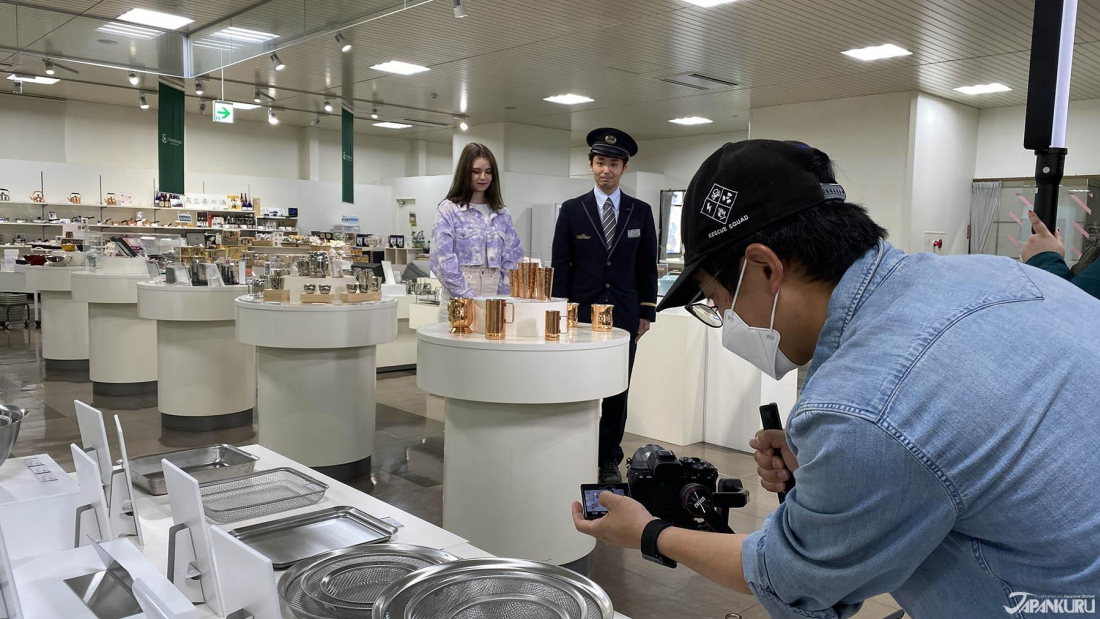


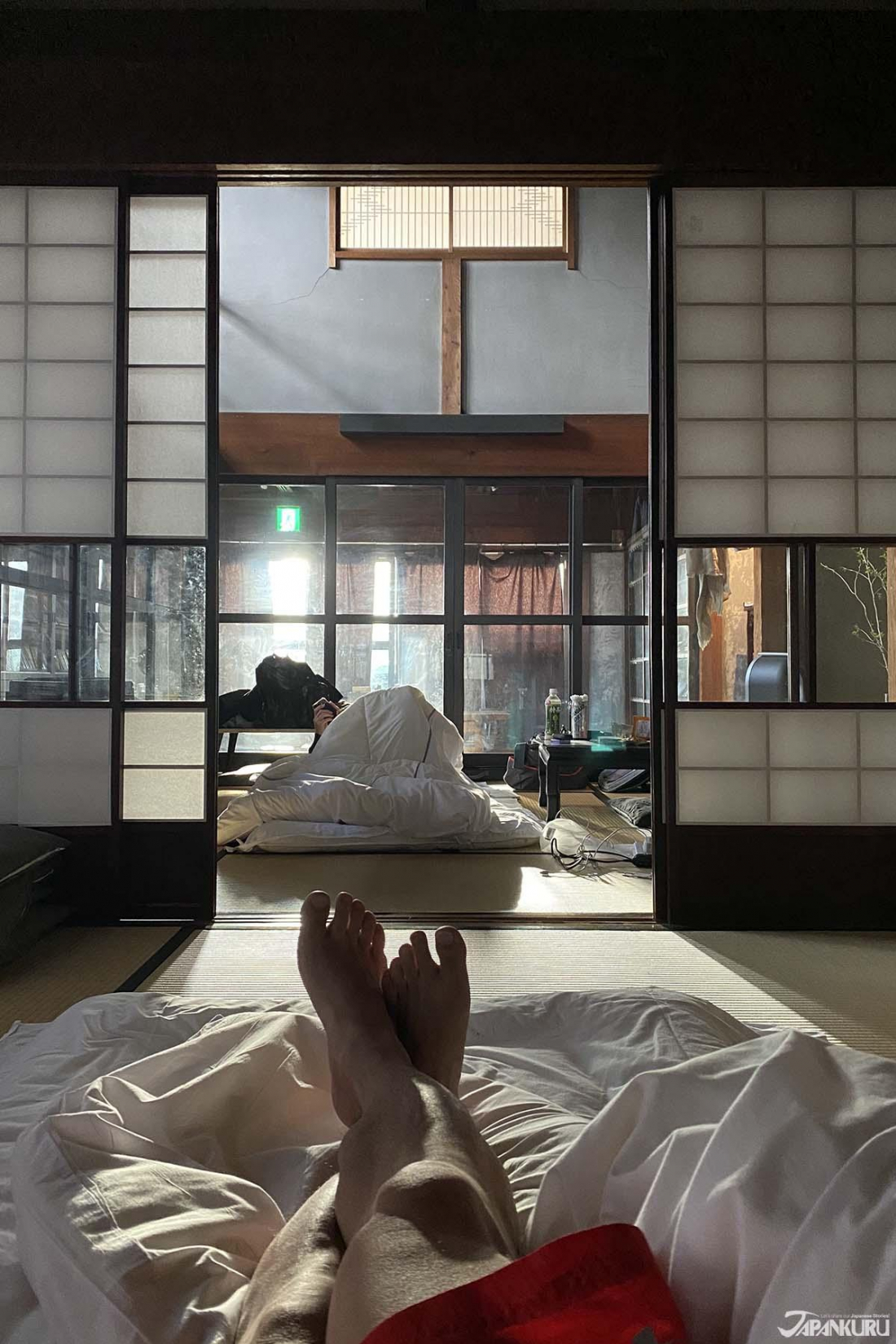













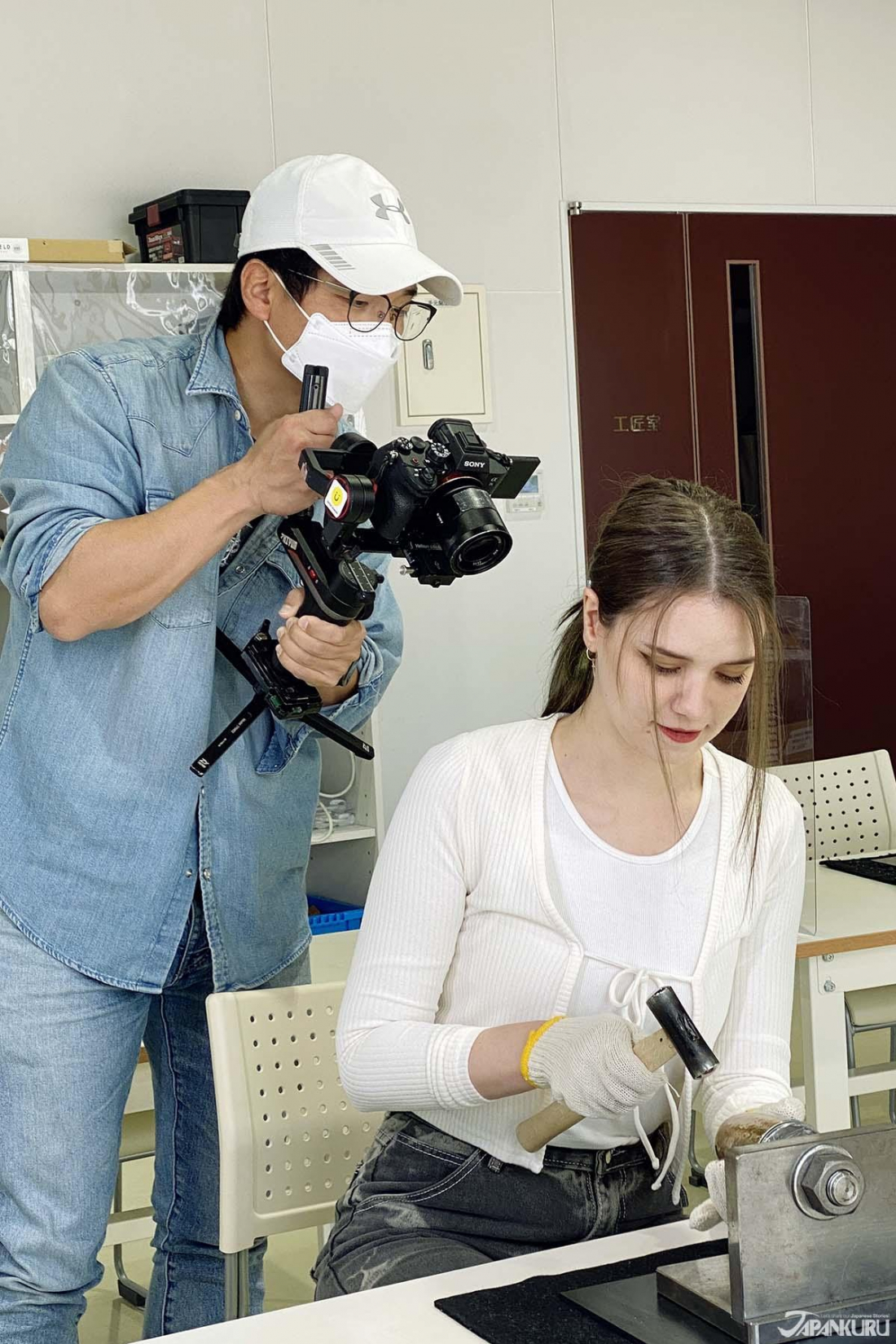
























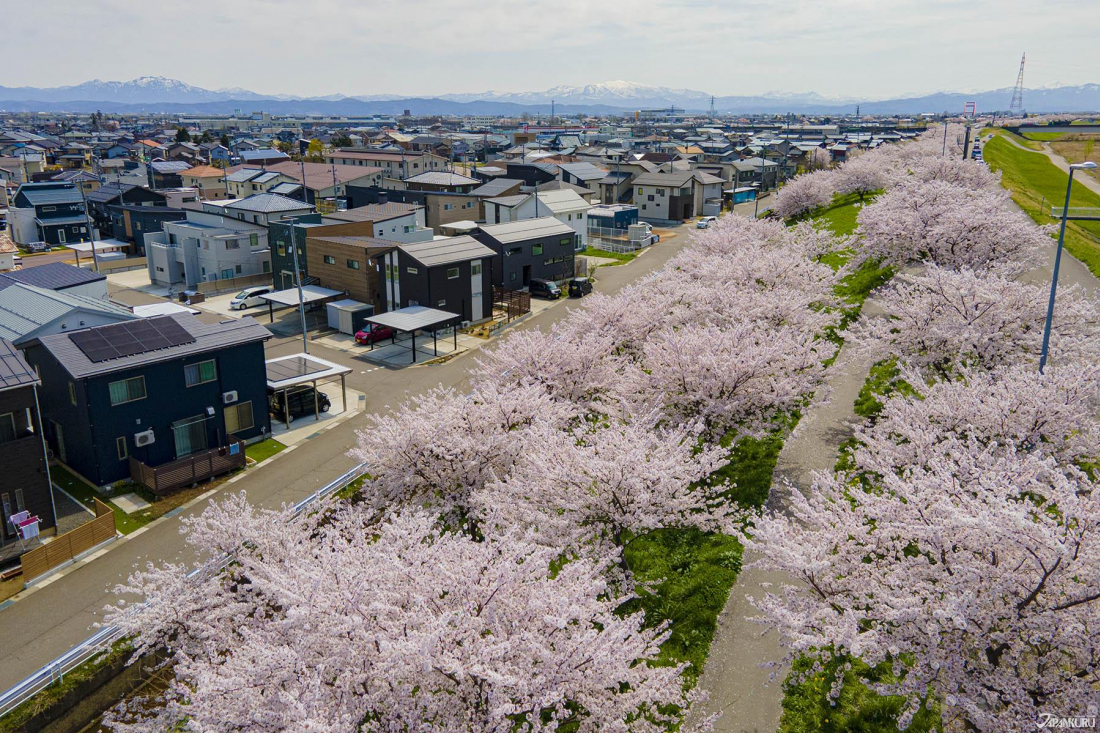








 >> Find out more at Japankuru.com! (link in bio)
#
>> Find out more at Japankuru.com! (link in bio)
#





 The Robot Restaurant is gone, but the Samurai Restaurant is here to take its place. Check it out, and don't forget your coupon!
The Robot Restaurant is gone, but the Samurai Restaurant is here to take its place. Check it out, and don't forget your coupon!
 신주쿠의 명소 로봇 레스토랑이 사무라이 레스토랑으로 부활! 절찬 쿠폰 발급중
신주쿠의 명소 로봇 레스토랑이 사무라이 레스토랑으로 부활! 절찬 쿠폰 발급중
 18歲以上才能入場的歌舞秀,和你想的不一樣!拿好優惠券去看看~
#tokyo #shinjuku #samurairestaurant #robotrestaurant #tokyotrip #도쿄여행 #신주쿠 #사무라이레스토랑 #이색체험 #할인이벤트 #歌舞伎町 #東京景點 #武士餐廳 #日本表演 #日本文化體驗 #japankuru #japantrip #japantravel #japanlovers #japan_of_insta
18歲以上才能入場的歌舞秀,和你想的不一樣!拿好優惠券去看看~
#tokyo #shinjuku #samurairestaurant #robotrestaurant #tokyotrip #도쿄여행 #신주쿠 #사무라이레스토랑 #이색체험 #할인이벤트 #歌舞伎町 #東京景點 #武士餐廳 #日本表演 #日本文化體驗 #japankuru #japantrip #japantravel #japanlovers #japan_of_insta
 코지마 x 빅 카메라 쿠폰으로 일본 가전 제품 쇼핑하기
#pr #japankuru #japanshopping #kojima #biccamera #japaneseskincare #yaman #dji #osmopocket3 #skincaredevice #日本購物 #美容儀 #相機 #雅萌 #日本家電 #일본여행 #면세 #여행꿀팁 #일본쇼핑리스트 #쿠폰 #일본쇼핑 #일본브랜드 #할인 #코지마 #빅카메라 #japankurucoupon
코지마 x 빅 카메라 쿠폰으로 일본 가전 제품 쇼핑하기
#pr #japankuru #japanshopping #kojima #biccamera #japaneseskincare #yaman #dji #osmopocket3 #skincaredevice #日本購物 #美容儀 #相機 #雅萌 #日本家電 #일본여행 #면세 #여행꿀팁 #일본쇼핑리스트 #쿠폰 #일본쇼핑 #일본브랜드 #할인 #코지마 #빅카메라 #japankurucoupon

































 Oita Hello Kitty Airport
Oita Hello Kitty Airport  Lands April 13th
Lands April 13th









